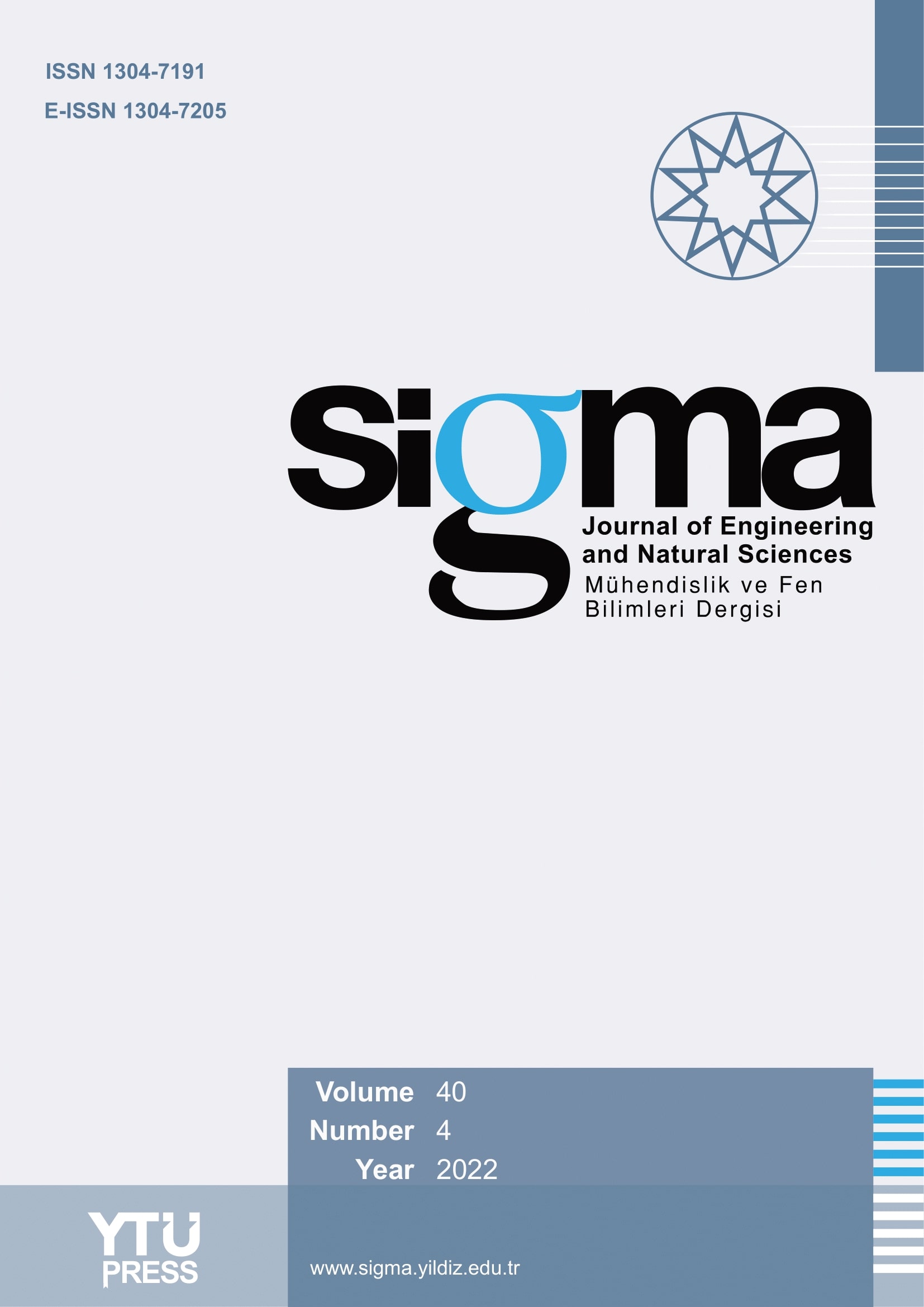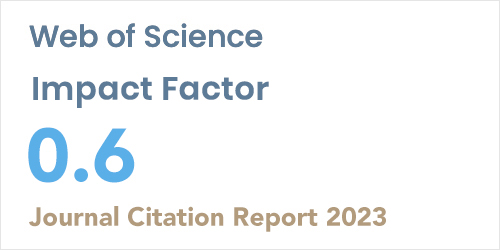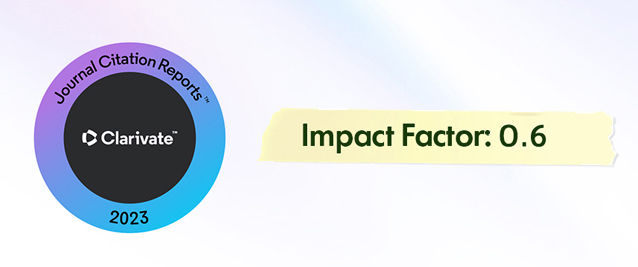Abstract
In this study systematic evaluation was used to test the correlation of controlled air entrainment with the concrete performance in a structural work by observing the three two-story residential buildings under seasonal freezing conditions. The research used a systematic evaluation method to study the mechanical properties and aesthetic performance of concrete elements containing 5.0% air content, achieved through synthetic air-entraining admixtures. Standardized testing methodologies (ASTM C231, C143, and C39) were used to measure the properties of fresh concrete, including early-age strength development and long-term durability. The statistical analysis revealed significant relationships between air void parameters and freeze-thaw durability indices at a p-value of less than 0.01. The optimized mixture design reached target mechanical properties while delivering superior frost resistance despite the standard 4.7% compressive strength reduction that occurs with air entrainment. The visual evaluation of structural elements exposed to winter weather showed no deterioration, thus demonstrating a 94.6% improvement in durability compared to traditional non-air-entrained structures. Results demonstrate that precise air entrainment control enables cost-efficient enhancement of concrete durability and visual quality for architectural use despite needing an 11.3% higher cement content. Although this proof-of-concept study shows that durability can be improved dramatically, the use of more cement content is necessary and its effects on the environment need to be considered, field air control must be controlled with special protocols, and the generalizability of the findings is restricted to three buildings and should be further validated. The research provides field-tested data that supports ongoing discussions about optimizing concrete mixtures for structural elements that are exposed to the environment. while acknowledging the need for comprehensive sustainability considerations. The current study fills the gap between the laboratory research and field performance by offering the first systematic assessment of the integration of mechanical testing and evaluation of aesthetics. The originality of the study has been on the quantification of the durability gains (94.6%) and economic gains (18.6% lifecycle savings) on real structures. The results can be used in the construction projects across the globe where improved concrete strength in freeze thaw conditions is needed.













